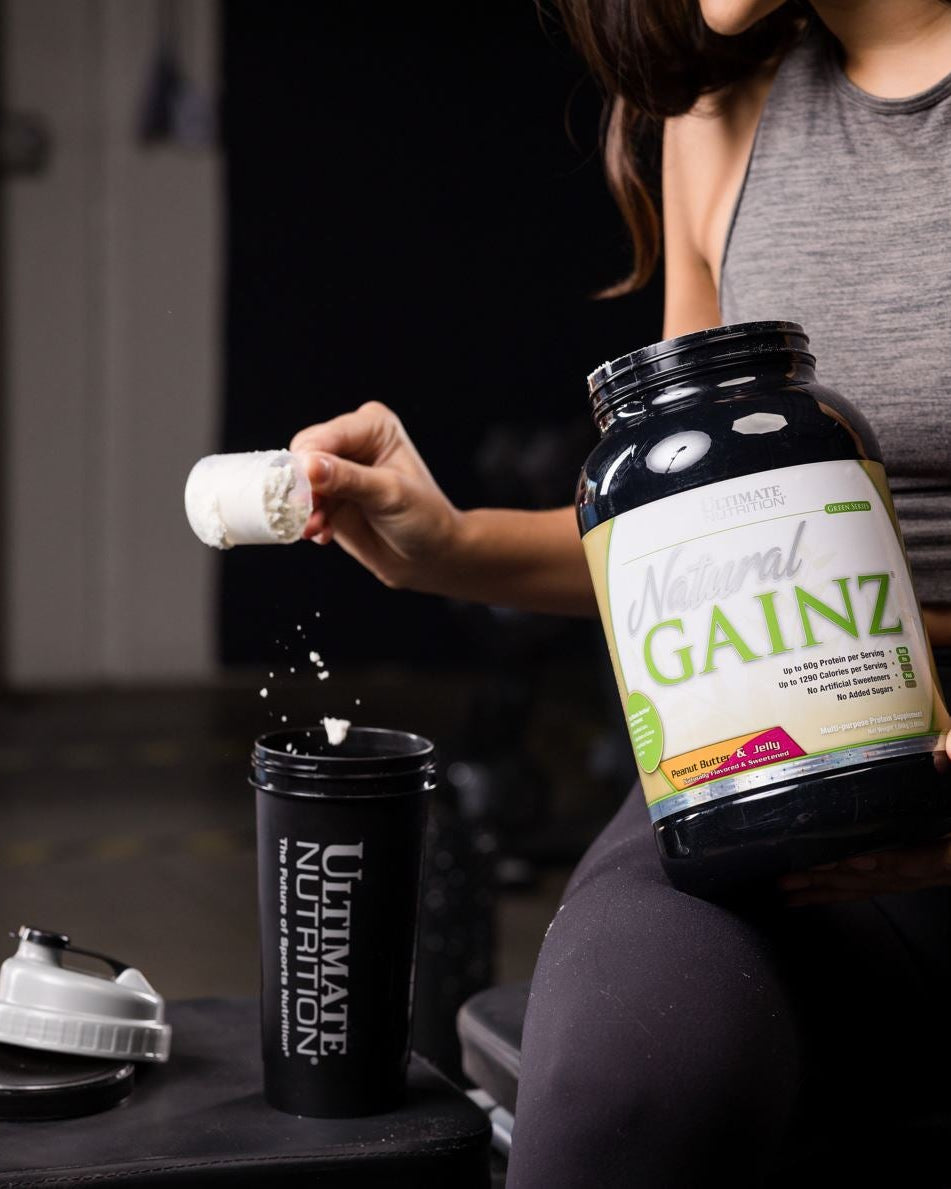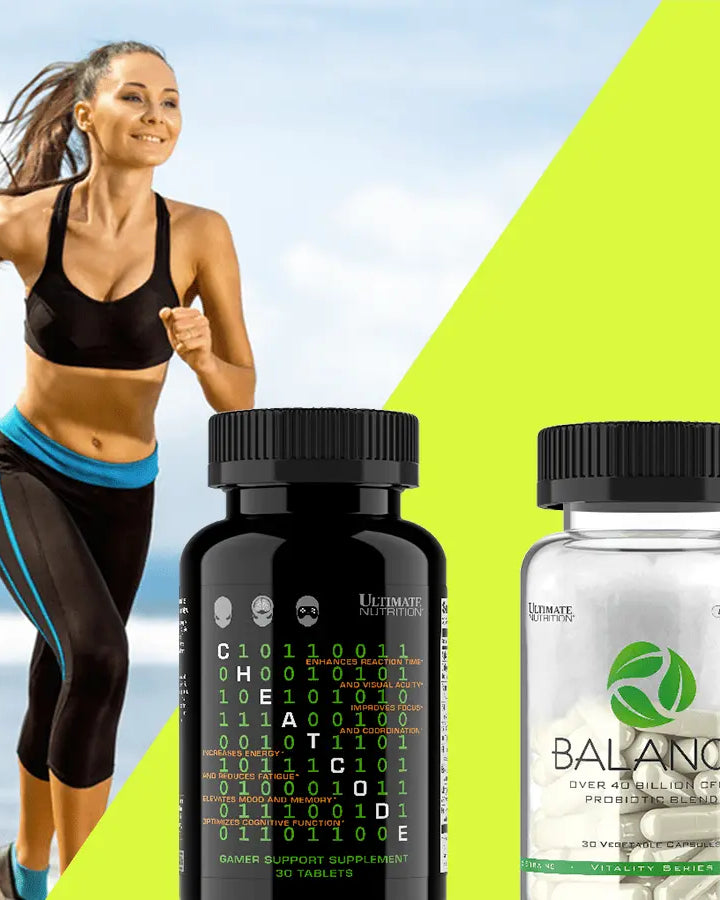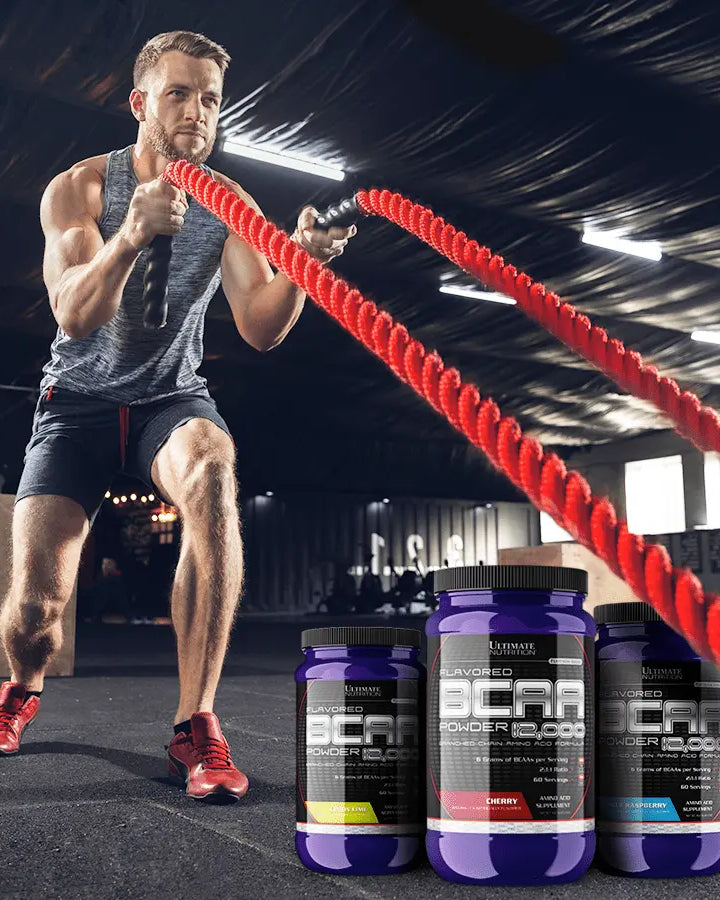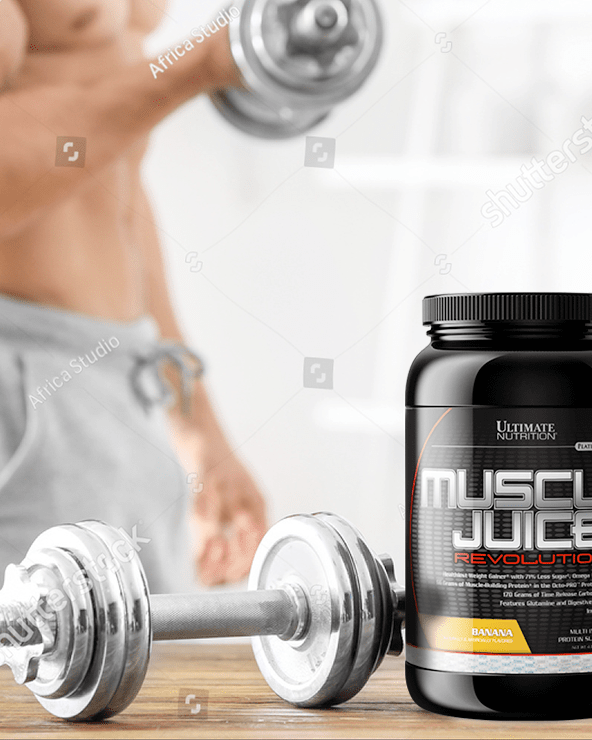According to the Food and Drug Administration, the Daily Value for added sugars is 50 grams per day based on a 2,000-calorie diet. However, most Americans consume more sugar than this, leading to potential health problems such as weight gain, tooth decay, diabetes, and other inflammation-related diseases.
In short, we all know sugar is bad, but cutting back is another beast. That’s because processed sugar affects the brain like a drug, triggering powerful cravings, making it harder to quit long-term.
Fortunately, replacing your added sugar intake with healthy sugar substitutes is a sustainable way to reduce your dependence on processed sugars without significant restrictions.
This article covers easy, sugar-free alternatives to help you detox without the crash.

Why Do We Crave Sugar?
Giving in to sugar cravings has nothing to do with willpower, as it affects brain chemistry and blood sugar levels.
-
Brain Chemistry: According to an article in the National Library of Medicine, eating high amounts of added sugar triggers the release of dopamine, the brain’s pleasure chemical.
-
Blood Sugar Spikes: High amounts of sugar cause rapid spikes in glucose levels, leading to dramatic drops. These crashes result in fatigue and even more sugar cravings.
-
Emotional Eating: Sugar seems like a quick fix for stress, boredom, and other emotional discomfort due to dopamine triggers.
Reasons to Detox
If you think your body might be craving a sugar reset, you’re not alone. Here are some signs it might be time to detox:
-
Cravings that won’t quit, especially after meals
-
Mid-day energy crashes
-
Weight gain or difficulty losing weight, even with exercise
-
Feeling hungry again after eating
If you’ve noticed any of these symptoms, it could be that your blood sugar levels and hormone responses are imbalanced due to excess sugar.
Now that we’ve addressed the reasons for detoxing from sugar, let’s discuss doable ways to reduce your sugar intake.
How to Reduce Sugar Intake
Luckily, you don’t have to just quit cold turkey. These dietary changes will help you reduce cravings.
-
Increase protein and healthy fats: Not only do these macronutrients keep you fuller longer, they also stabilize blood sugar, which will help reduce cravings. Eggs, nuts, avocado, and seeds are excellent sources.
-
Choose low glycemic foods: Oats, lentils, non-starchy vegetables, and whole grains can help you avoid blood sugar spikes.
-
Stay hydrated: Are you hungry or just thirsty? Dehydration can feel like hunger cravings. Aim for at least eight glasses a day to reduce sugar cravings.
Healthy Sugar Substitutes
Sometimes we just need something sweet. These natural sugar sources will satisfy your sweet tooth and help you cut back on artificial sweeteners.
-
Natural sweeteners: Monk fruit, stevia, and raw honey in moderation are perfect swaps for refined sugar.
-
Fruits: Berries, apples, and bananas have natural sweetness and other essential nutrients.
-
Dark chocolate: Reach for 70% cocoa or higher as it will have less sugar and more antioxidants.

No Added Sugar Snacks
Here are other small changes you can make to eliminate sugar from your diet:
-
Replace flavored yogurt with plain Greek yogurt and fruit
-
Instead of sugary breakfast cereal, opt for oatmeal and berries with cinnamon
-
Swap DIY smoothies for sugary drinks
-
Choose natural peanut butter on freshly baked whole-grain toast over shelf-stable peanut butter on processed, white breads
-
Replace flavored protein powder with plant-based or sugar-free protein powder
-
Instead of buying pre-packaged dried fruit with added sugars, make dried fruit at home
Sugar Free Lifestyle Changes
Sometimes, cutting sugar content has nothing to do with diet at all. These non-dietary habits can have just as big an impact.
-
Prioritize sleep: According to another article in the National Library of Medicine, a lack of sleep increases ghrelin (the hunger hormone) and lowers leptin (the satiety hormone), making you crave sugar.
-
Manage stress: High cortisol levels fuel sugar cravings. Deep breathing, journaling, and stretching can all help lower stress levels.
-
Exercise regularly: Staying active reduces insulin sensitivity and stress, reducing sugar cravings.
How to Stay Sugar-free Long-term
Cutting back on sugar won’t be easy at first, but small, sustainable steps every day can make a big difference.
-
Read food labels: Types of sugar include glucose, dextrose, or high-fructose corn syrup. These are common in many processed foods, so it’s important to stay vigilant.
-
Meal prep: Having ready-to-eat, wholesome meals reduces the temptation to snack on sugary and convenient processed foods. Make your ingredient list ahead of time and stick to it.
-
Eat mindfully: Slowing down during meals gives your brain time to process that your body is full, reducing your craving for sugar.
-
Follow the 80/20 rule: It’s all about sustainability and balance. Aim to eat healthy 80% of the time and enjoy occasional treats without guilt. This will help you stay consistent without feeling deprived.

It’s All About Balance
Cutting sugar is hard, not just because it tastes good, but it’s also addictive for your brain. Stop the yo-yo dieting when limiting sugar and choose mindful, sustainable practices instead.
Simple changes like eating more protein, managing stress, sleeping better, drinking more water, and replacing processed treats with fruit and homemade sugar-free snacks are easy and will save you money and calories in the long run.
It’s not about depriving yourself, but adding more good foods to your diet to eliminate bad ones. At the same time, it’s not a “never eat sugar” type of situation either, as eating healthy 80% of the time leaves you room to enjoy those sugary, indulgent treats on occasion without the guilt or constant crash.
Visit the Ultimate Nutrition Blog for more helpful info on sustainable dieting and exercise.
The information provided in our articles are meant for informational and educational purposes exclusively and should not be considered as medical advice. It is essential to consult a healthcare professional before starting a new nutritional product and/or making significant changes to your diet and/or starting a new exercise regime. These products are not intended to diagnose, treat, cure, and/or prevent disease.




















